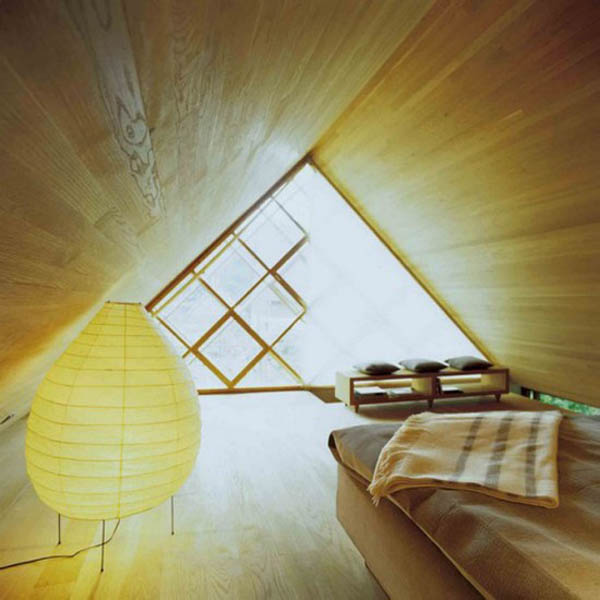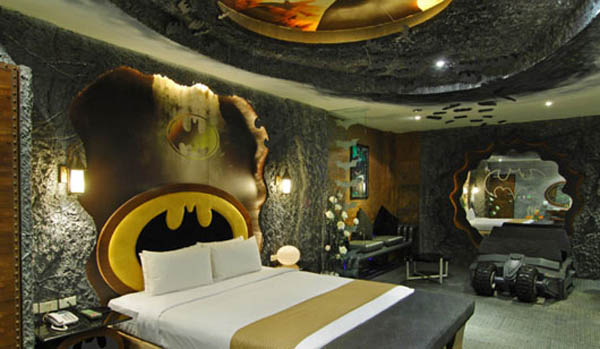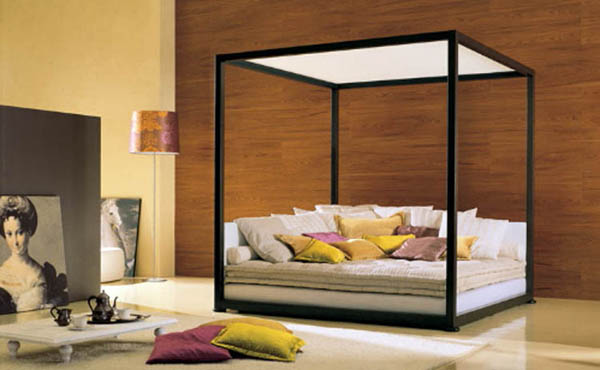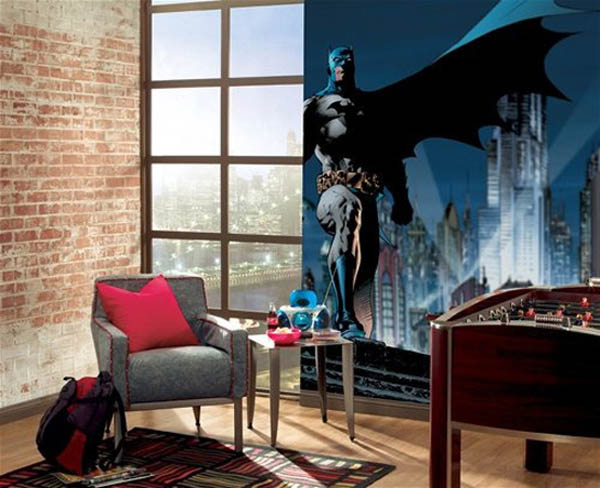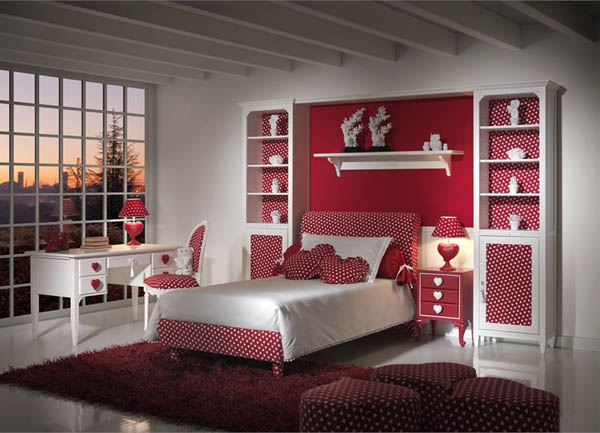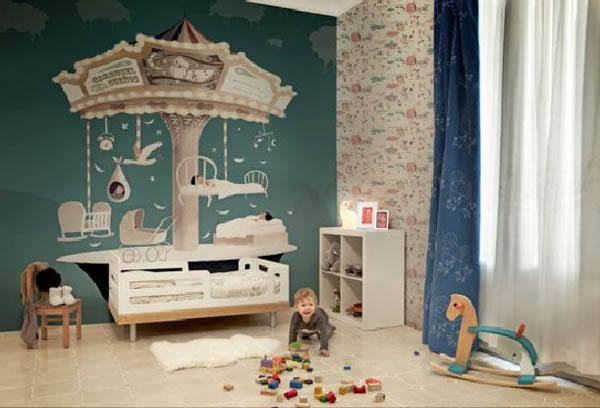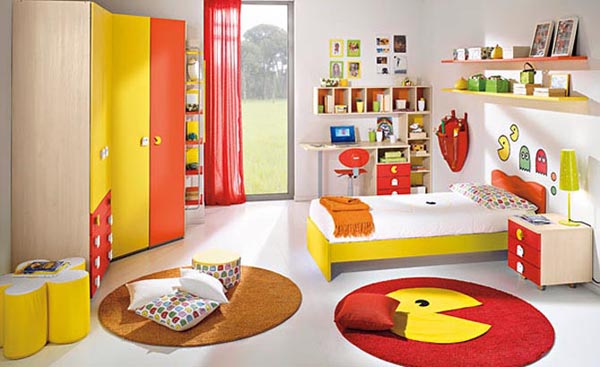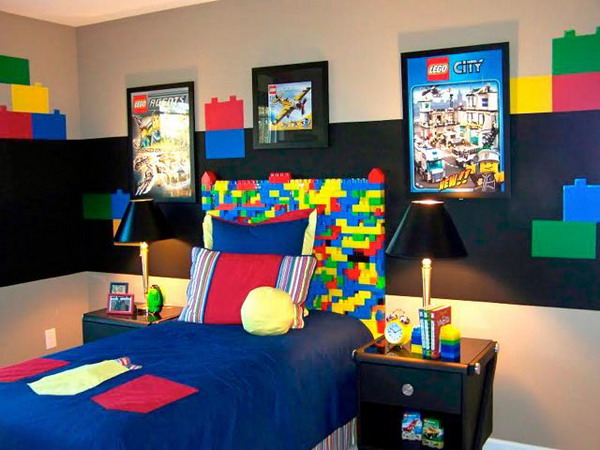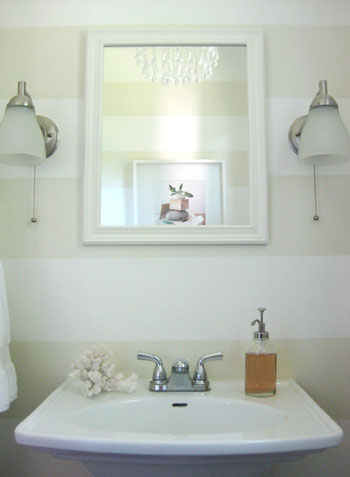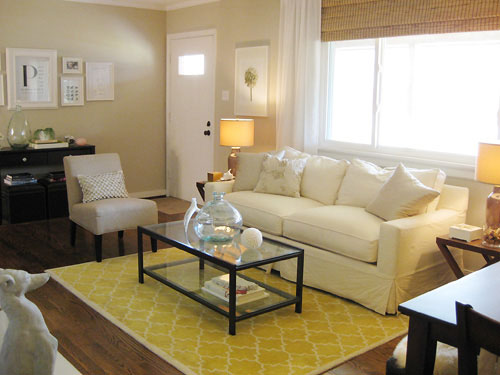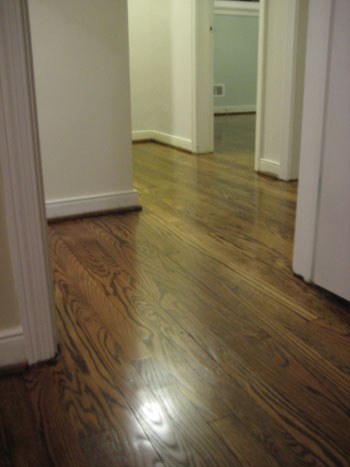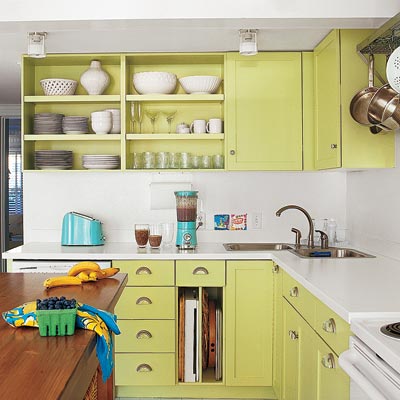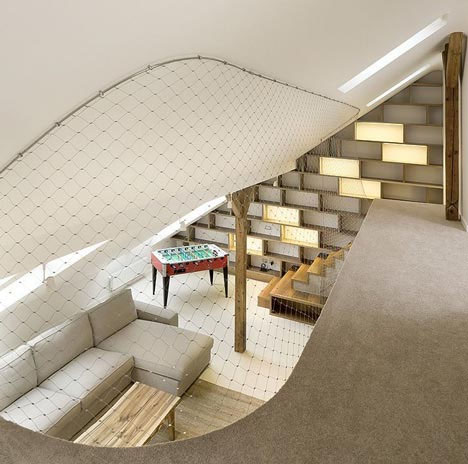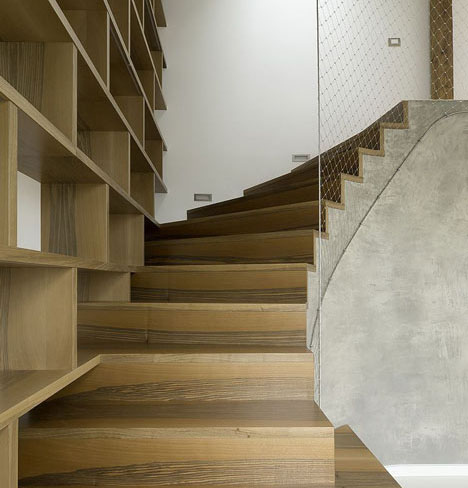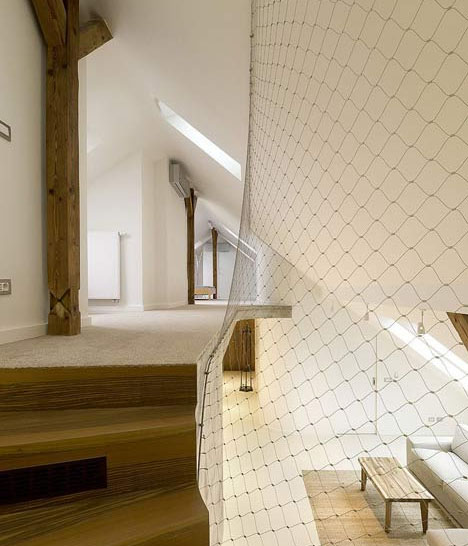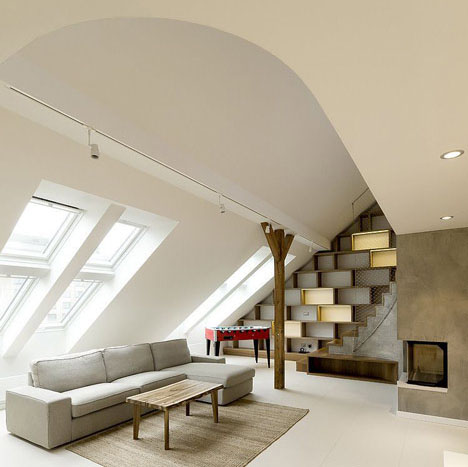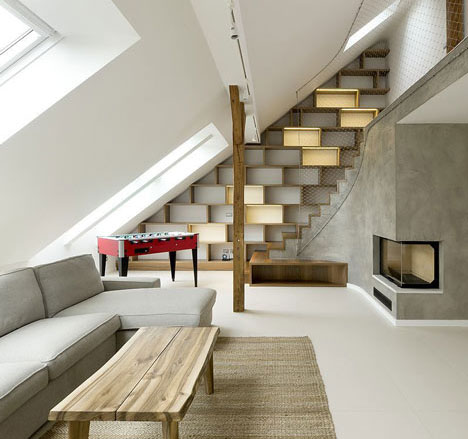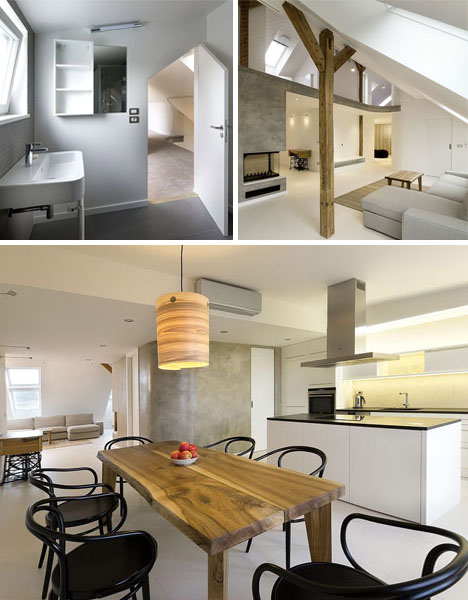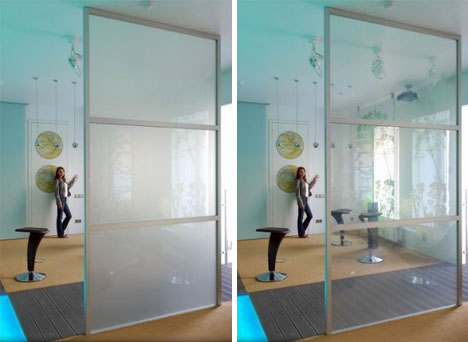
Sandwiched between two outer layers of conventional glazing sits a liquid crystal polymer membrane that can be activated by remote control or turned on (opaque) and off (see through) via conventional light switches.
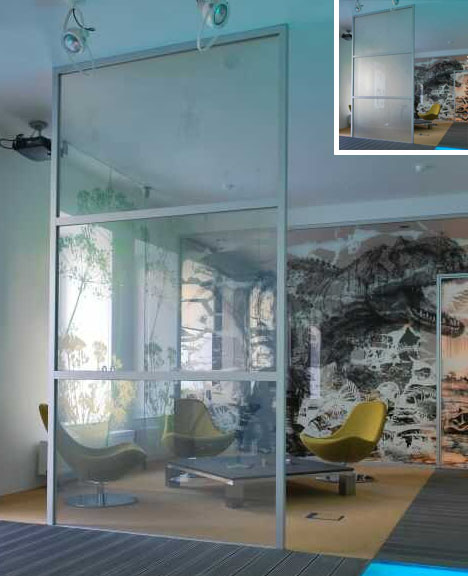
Such shifts in opacity mean the same surface can serve as a window, partition, privacy screen or projection surface. Prefabricated with the synthetic core in place, units can be safely brought to and installed on residential or commercial building sites with ease.
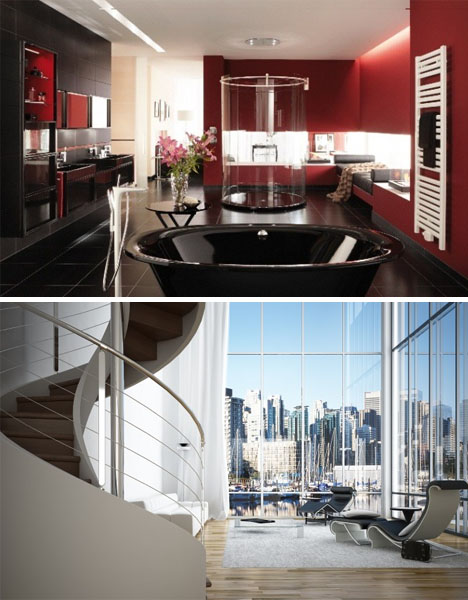
This hybrid glazing comes in panels up to ten feet by ten feet, making them potentially applicable in large-scale, floor-to-ceiling settings as well as smaller room-to-room doors and dividers. Design by Russian door makers of Mauer Buro (translates as: wall office).

